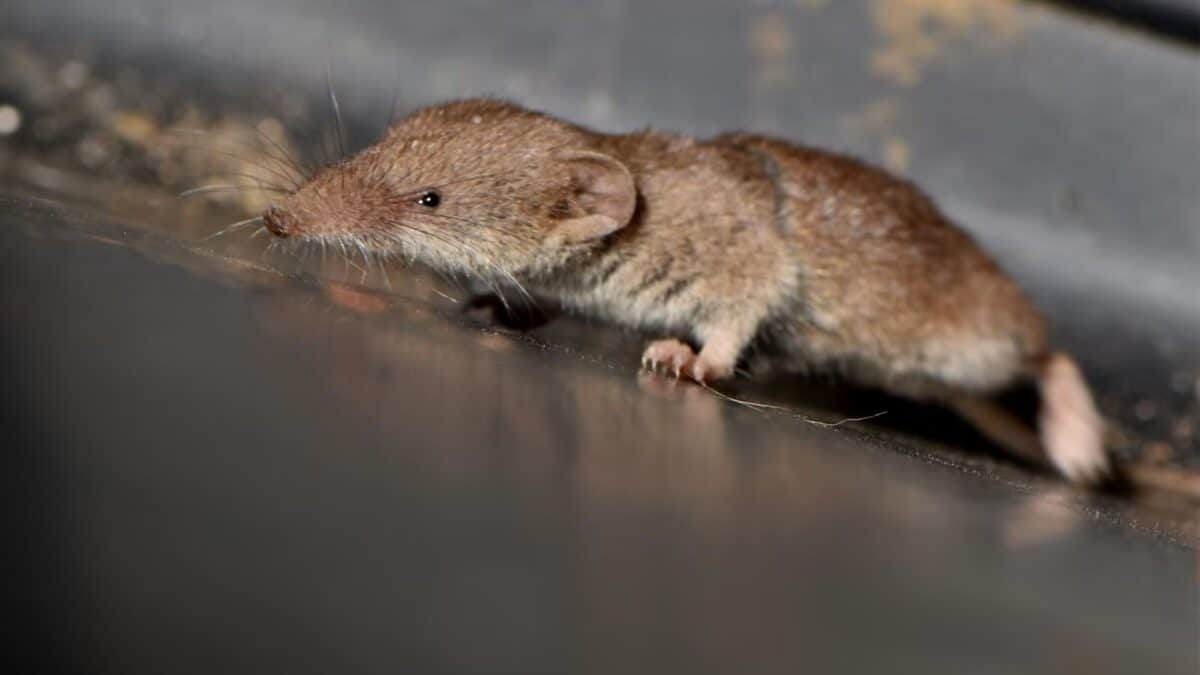In a world where creatures like elephants, whales, and even humans dominate our perception of mammals, it’s easy to overlook the tiniest members of our taxonomic class. The Etruscan shrew (Suncus etruscus), weighing less than a paperclip and smaller than many insects, holds the distinguished title of the world’s smallest known living mammal by mass. This diminutive creature defies our expectations of what mammalian life can be, surviving with a heart that beats over 1,500 times per minute and a metabolism that requires it to consume more than twice its body weight daily. Join us on an exploration of this remarkable animal that proves that extraordinary capabilities can come in incredibly small packages.
A Tiny Marvel of Evolution

The Etruscan shrew stands as a testament to the incredible diversity of mammalian adaptation. With an average weight of just 1.8 grams (0.063 ounces) and a body length excluding the tail of about 4 centimeters (1.6 inches), this tiny mammal could easily sit on a human fingertip with room to spare. To put this in perspective, it weighs less than a single U.S. penny and is smaller than many of the insects it hunts. This extreme miniaturization isn’t just a biological curiosity—it represents the lower size limit of what’s physiologically possible for a warm-blooded mammal, making the Etruscan shrew a living example of evolutionary boundaries being pushed to their absolute limits.
Global Distribution and Habitat
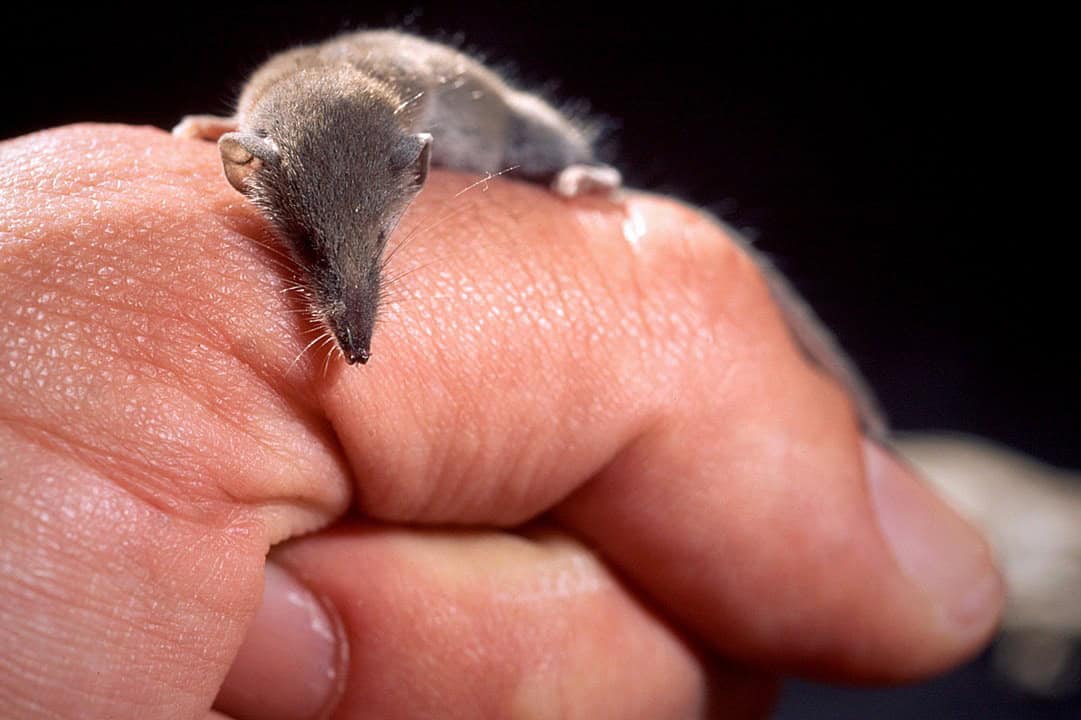
Despite its tiny size, the Etruscan shrew has managed to establish itself across a surprisingly vast geographic range. These diminutive mammals can be found across parts of Southern Europe, North Africa, and Southern Asia, including countries such as Spain, Italy, India, and Pakistan. They prefer warm, dry environments with ample ground cover, often inhabiting grasslands, woodlands, and agricultural areas. Their small size allows them to create homes in various microhabitats, including rock crevices, beneath fallen logs, in abandoned rodent burrows, or within dense vegetation. This adaptability to different environments has contributed to their successful distribution across multiple continents, despite their extreme physiological constraints.
Physiological Extremes
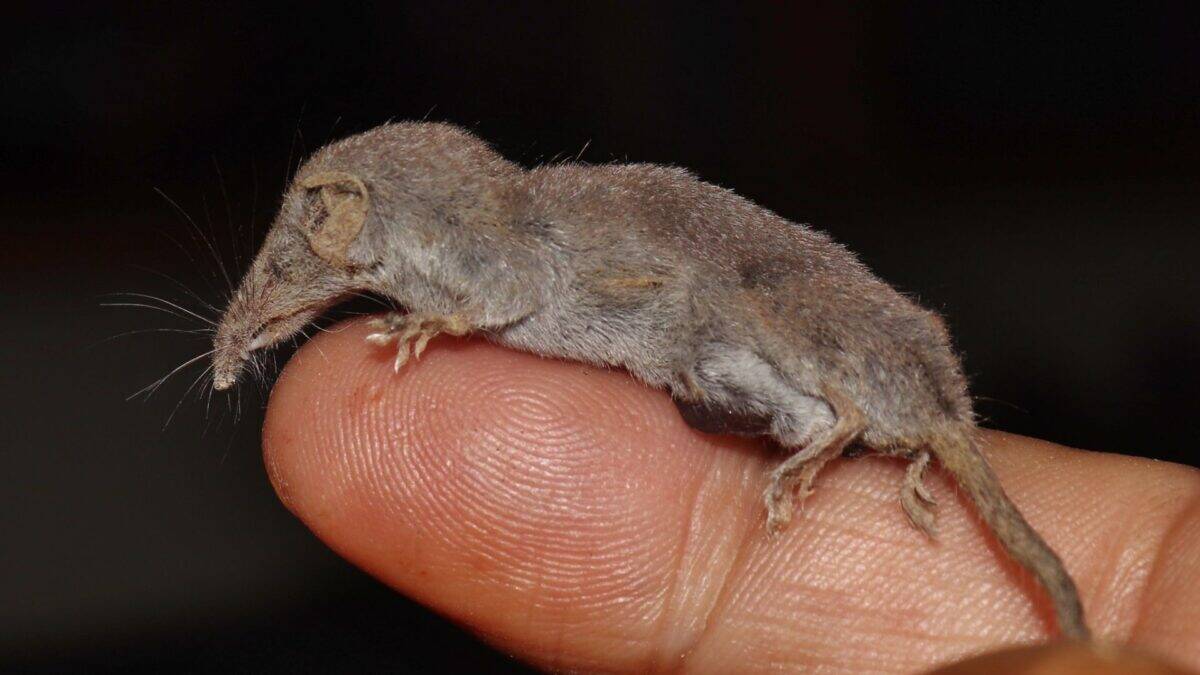
The Etruscan shrew exists at the physiological extremes of mammalian life. Its heart beats at an astonishing rate of up to 1,511 beats per minute—the fastest of any mammal and 25 times faster than a human heart. This tiny powerhouse must maintain a body temperature of approximately 38°C (100.4°F), which requires an incredibly fast metabolism. The shrew’s metabolic rate is so high that it needs to consume 1.5-2 times its body weight in food every day just to survive. Without constant feeding, an Etruscan shrew can starve to death in as little as 2-3 hours. Their respiratory rate is equally impressive, with these tiny mammals taking up to 300 breaths per minute. These extreme physiological adaptations make the Etruscan shrew a marvel of evolutionary engineering, operating at the very limits of what’s biologically possible for a warm-blooded animal.
Hunting and Dietary Habits

Despite their incredibly small size, Etruscan shrews are formidable predators with voracious appetites. They primarily feed on insects, particularly beetles, crickets, spiders, centipedes, and occasionally small vertebrates like young mice. Their hunting success relies on exceptional sensory adaptations, particularly their acute sense of touch through specialized whiskers (vibrissae) which help them detect prey movements. When hunting, the shrew uses a technique called “serial predation,” capturing and consuming multiple prey items in rapid succession. This hunting behavior is necessitated by their extraordinary metabolism—they must eat every 2-3 hours throughout the day and night, rarely resting for long periods. Remarkably, these tiny predators can consume insects larger than themselves, tackling prey that would seem impossible given their size. Their predatory nature and constant hunger make them efficient controllers of insect populations in their habitats.
Brain Power in a Minuscule Package
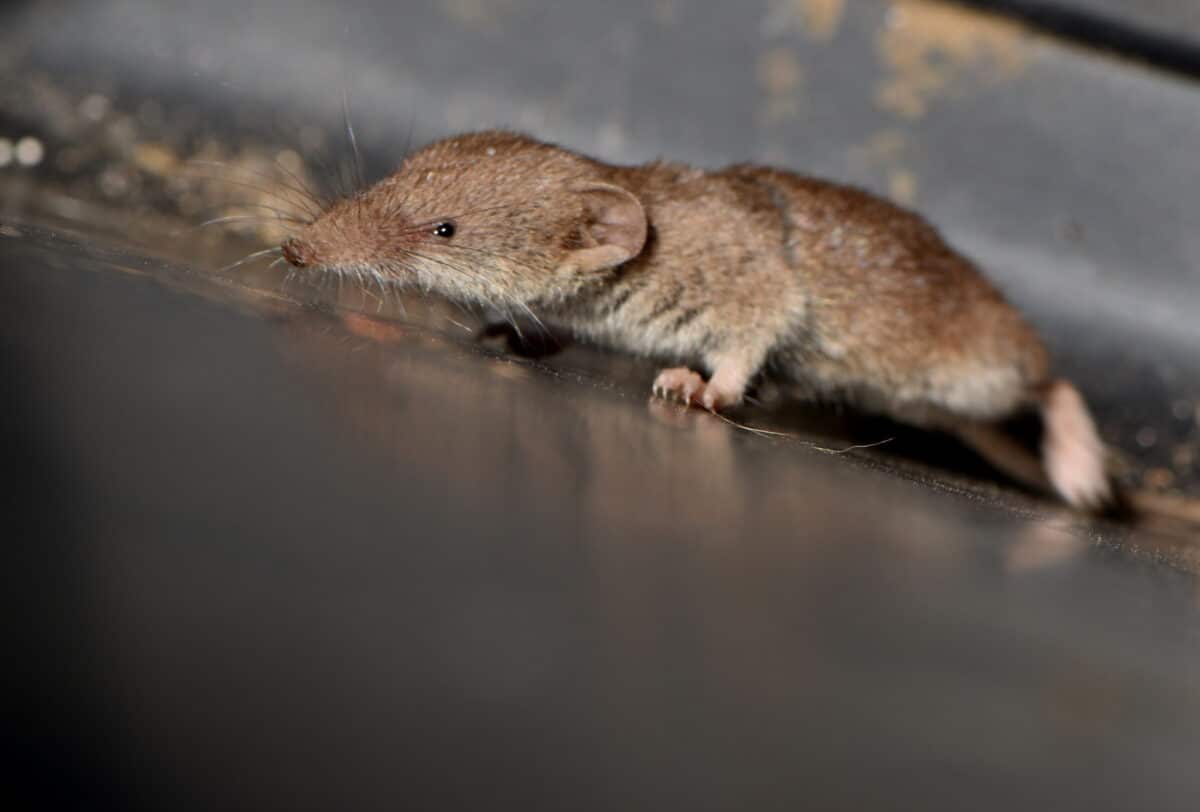
Perhaps one of the most fascinating aspects of the Etruscan shrew is its cognitive capabilities despite having the smallest mammalian brain by absolute size. Weighing only around 60 milligrams—smaller than a grain of rice—this tiny brain still maintains all the complex structures found in larger mammalian brains. Researchers have discovered that their neocortex, the brain region associated with higher cognitive functions, uses a simplified but effective architecture that maximizes processing power while minimizing energy use. This efficient neural design allows them to perform complex behaviors such as precise prey localization, spatial navigation, and predator avoidance. Studies have shown that Etruscan shrews can create mental maps of their environment and remember the locations of food sources and shelter. This remarkable neural efficiency challenges our understanding of how brain size relates to cognitive ability, suggesting that extreme miniaturization doesn’t necessarily mean sacrificing intelligence.
Reproduction and Life Cycle

The Etruscan shrew’s life cycle is as accelerated as its metabolism. Females reach sexual maturity at just 1-2 months of age and can reproduce year-round in favorable conditions. Their gestation period is remarkably short, lasting only 27-28 days, after which a female gives birth to a litter of 2-6 blind, hairless young. These newborns are incredibly tiny, weighing less than 0.25 grams each—about the same as a single drop of water. Despite their underdeveloped state at birth, the young develop rapidly, opening their eyes after 14-16 days and becoming fully independent after just 3-4 weeks. This accelerated development is necessary due to their short overall lifespan, which typically ranges from 12-18 months in the wild. The rapid reproductive cycle helps ensure population sustainability despite high mortality rates from predation and the physiological demands of their high-energy lifestyle.
Evolutionary History and Adaptations
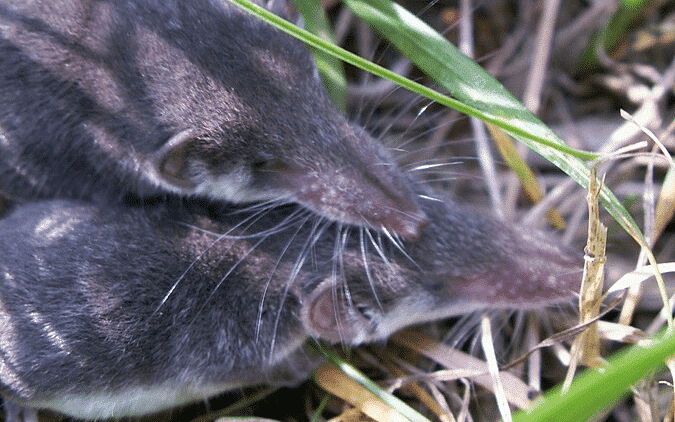
The remarkable miniaturization of the Etruscan shrew represents millions of years of evolutionary adaptations pushing the boundaries of mammalian physiology. Belonging to the family Soricidae, which emerged during the late Eocene epoch about 40 million years ago, these tiny mammals have been refining their specialized adaptations over millennia. Their extreme size reduction is believed to be driven by several evolutionary pressures, including niche specialization to exploit small prey resources, reduced competition with larger mammals, and the ability to inhabit microhabitats inaccessible to larger predators. One of their most significant adaptations is brown adipose tissue (brown fat), which helps them generate heat efficiently—crucial for maintaining their high body temperature despite their large surface-area-to-volume ratio that would otherwise cause rapid heat loss. Their specialized metabolism also includes the ability to enter torpor (a temporary reduction in body temperature and metabolic rate) during food scarcity, demonstrating remarkable flexibility within their otherwise extreme physiology.
Conservation Status and Threats
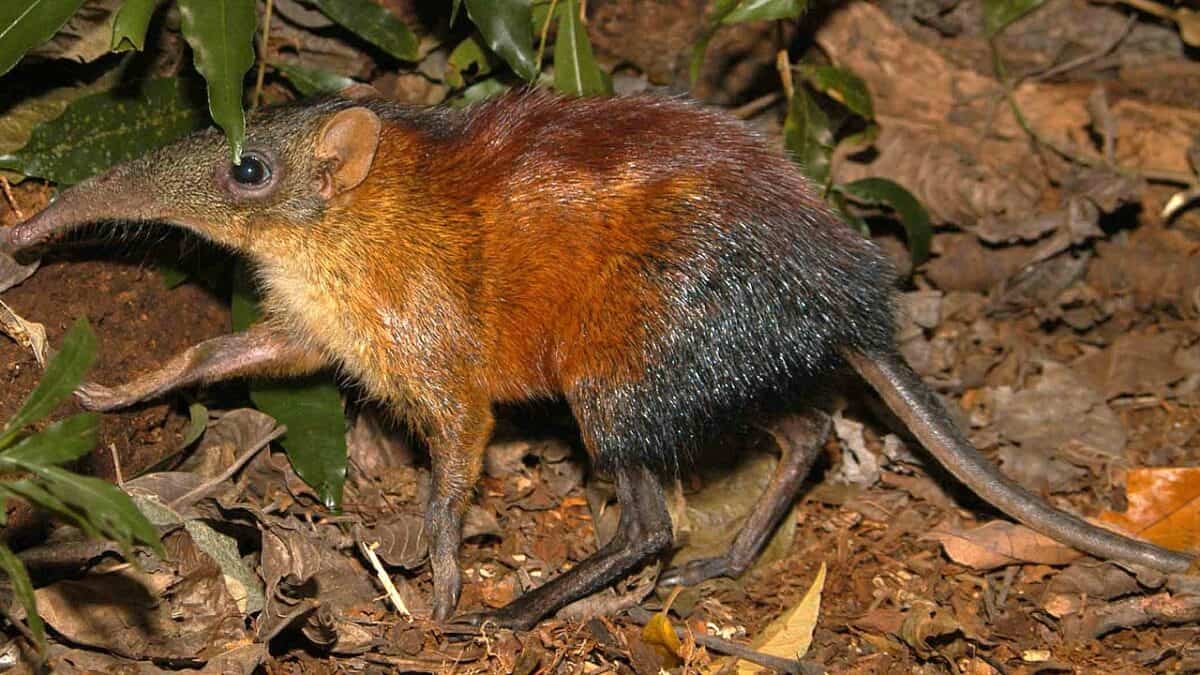
Currently, the Etruscan shrew is classified as “Least Concern” on the IUCN Red List, largely due to its wide distribution and presumed large population. However, this status shouldn’t mask the growing concerns about localized population declines in various parts of its range. The primary threats to Etruscan shrews include habitat loss and fragmentation due to agricultural intensification, urbanization, and land development. These tiny mammals are particularly vulnerable to environmental changes because of their specific microhabitat requirements and high energy demands. Pesticide use in agricultural areas poses another significant threat, as it not only contains toxic compounds that can directly harm the shrews but also dramatically reduces their insect prey population. Climate change presents an emerging challenge, potentially altering the temperature and humidity conditions these physiologically extreme mammals require. Conservation efforts focusing on maintaining habitat connectivity and promoting sustainable agricultural practices are essential for ensuring the continued survival of these remarkable tiny mammals across their range.
Competitors for the Title
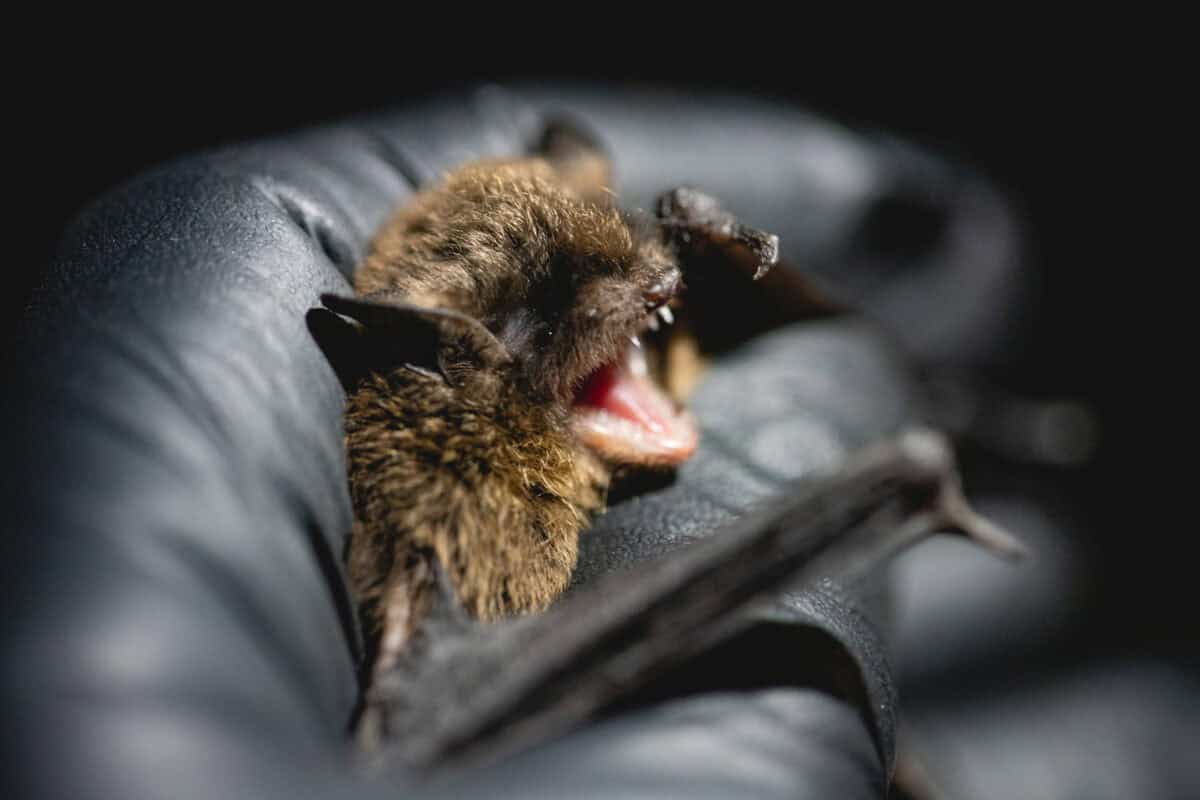
While the Etruscan shrew holds the title for the smallest mammal by mass, there are other contenders that challenge it in different metrics of diminutiveness. The bumblebee bat (Craseonycteris thonglongyai), also known as Kitti’s hog-nosed bat, competes closely for the title of smallest mammal. Found only in a small region along the Thailand-Myanmar border, this bat weighs about 2 grams and has a body length of approximately 3-4 centimeters, making it roughly the size of a large bumblebee. Although slightly heavier than the Etruscan shrew, the bumblebee bat may have a smaller skull length and is sometimes cited as the smallest mammal by skull dimensions. The American pygmy shrew (Sorex hoyi) is another notable contender, weighing 2-2.6 grams with a body length of 5-6 centimeters. These various “smallest” titles highlight how different measurements—weight, length, skull size—can yield different champions in the category of miniature mammals, though the Etruscan shrew generally retains the overall crown for the smallest by mass.
Scientific Significance

The Etruscan shrew’s extreme physiology makes it an invaluable subject for scientific research across multiple disciplines. Neuroscientists study its brain to understand the minimum neural architecture required for complex mammalian behaviors, offering insights into brain efficiency that could inspire advances in artificial intelligence and computing. Physiologists examine how these shrews maintain thermal regulation despite their unfavorable surface-area-to-volume ratio, potentially informing new approaches to human hypothermia treatment and energy conservation technologies. Their exceptional tactile system, which allows precise prey detection through whisker movements, provides models for developing sensitive tactile sensors for robotics. Metabolic researchers are particularly interested in how these mammals process energy so efficiently, potentially offering clues for treating human metabolic disorders. Additionally, their ability to shrink certain organs during food scarcity and then rapidly restore them presents fascinating possibilities for regenerative medicine. By operating at the extreme edge of mammalian physiological possibility, the Etruscan shrew serves as a natural laboratory for understanding fundamental biological limits and adaptations.
Cultural Representations
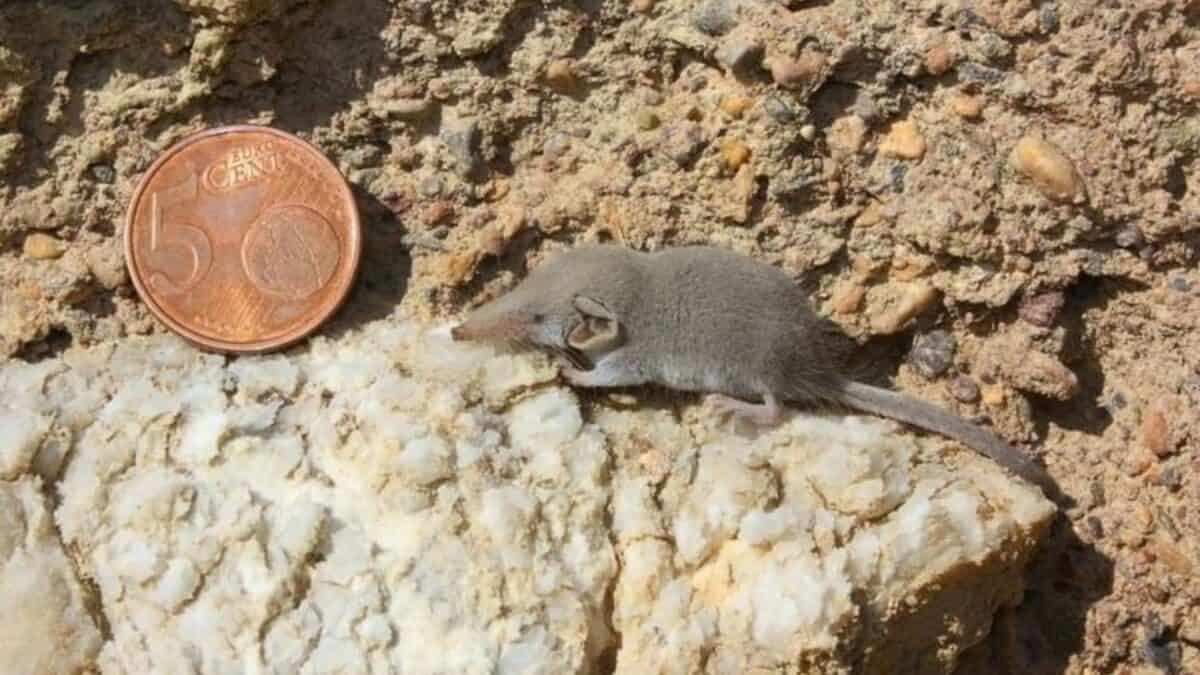
Despite its biological significance, the Etruscan shrew has a relatively limited presence in human culture compared to more visible mammals. In some Mediterranean folklore, particularly in Italy where the species was first scientifically described (and is named after the ancient Etruscan civilization), tiny shrews were sometimes believed to be mythical creatures rather than real animals due to their elusive nature and incredible smallness. In several traditional agricultural communities across their range, they have been recognized as beneficial for controlling insect pests, though often confused with mice despite being insectivores rather than rodents. Their extreme characteristics have occasionally featured in children’s educational literature as examples of nature’s remarkable diversity. In scientific communication and natural history programming, they increasingly serve as dramatic examples of evolutionary extremes, capturing imagination through statistics about their incredible heart rate and metabolism. As public awareness of biodiversity grows, these tiny mammals are gradually gaining recognition as extraordinary examples of evolutionary adaptation, though they remain largely unseen and unappreciated by most people in their native ranges.
Observing Etruscan Shrews

Spotting an Etruscan shrew in the wild presents a significant challenge even for experienced naturalists. Their minuscule size, rapid movements, secretive behavior, and primarily nocturnal lifestyle make them nearly impossible to observe without specialized techniques. Wildlife researchers typically employ custom-designed pitfall traps (small containers sunk into the ground) with non-harmful baits to temporarily capture and study these tiny mammals. Camera traps with macro capabilities and motion detection focused on known microhabitats have provided valuable insights into their natural behaviors. For the dedicated wildlife enthusiast hoping for a glimpse, focusing on likely habitat edges during dusk or dawn offers the best (though still slim) chances for observation. Their presence is often detected indirectly through signs such as their distinctive tiny droppings or the remains of their insect prey. Some European zoological institutions maintain specialized exhibits where these shrews can be observed more reliably, typically in carefully designed terrariums that replicate their natural microhabitats while allowing viewing through magnified windows. These exhibits often incorporate educational displays explaining the extreme physiological adaptations that make these mammals so remarkable despite—or perhaps because of—their diminutive size.
The Etruscan shrew may be minuscule in size, but its significance in the natural world and scientific understanding is immense. As the smallest mammal by mass, it demonstrates how evolutionary processes can push physiological boundaries to extraordinary limits, creating a warm-blooded mammal that operates with a hummingbird-like metabolism in a body smaller than many insects. These tiny creatures remind us that nature’s innovations often come in surprising packages, with the shrew’s brain architecture offering lessons in neural efficiency and its metabolic adaptations providing insights into energy management at the extreme edge of possibility. Their continued survival across a wide geographic range, despite such demanding physiological constraints, speaks to the remarkable adaptability of mammalian life. As we face a biodiversity crisis worldwide, the Etruscan shrew stands as a powerful symbol of the incredible diversity worth protecting—a reminder that even the smallest creatures can represent evolutionary marvels with profound scientific importance.
- 13 Sea Creatures That Glow in the Dark - August 20, 2025
- 10 Creatures That Can Survive in the Harshest Places on Earth - August 19, 2025
- This Whale Sings in a Unique Pitch - August 19, 2025

